Barndominium Vs House (Comparison Guide)
Imagine a home that combines the rustic attraction of a barn with the style and sophistication of a modern residence – that’s the essence of a barndominium. Alternatively, we have the traditional home. Below, I’ll be comparing a barndomium vs a house, their architectural details, and the differences between the two to help you decide which design style is right for you.
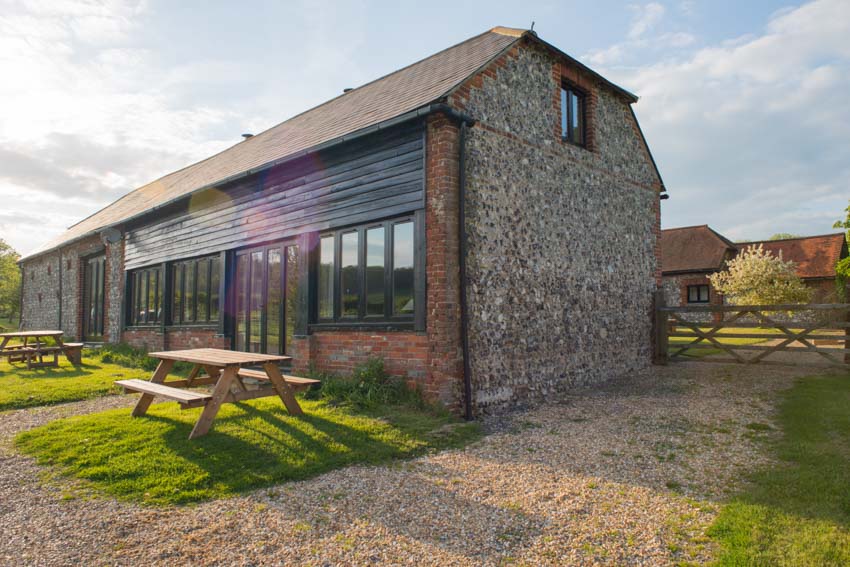
Are you interested in having your own barndominium, or deciding if it’s better to stick with a traditional house? Let’s start first by differentiating a barndominium from a traditional home.
Differences Between A Bardominium And House
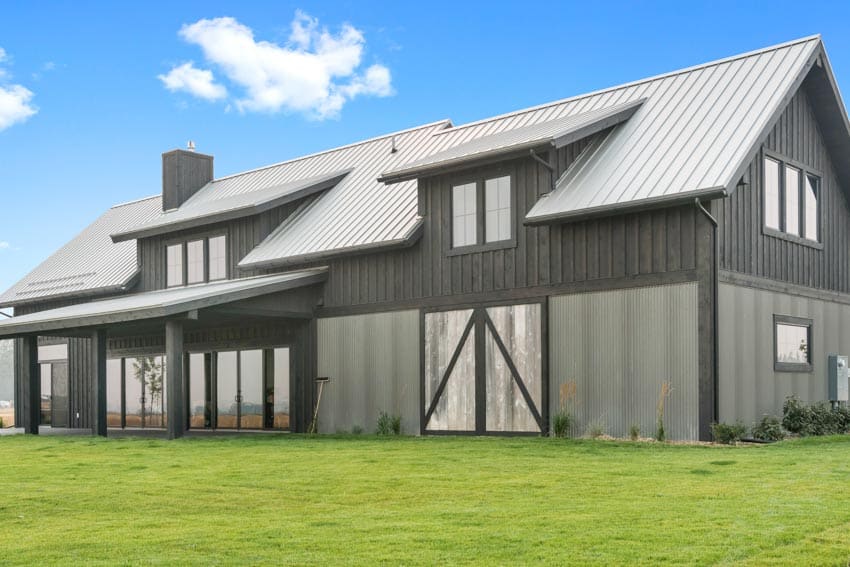
In figuring out whether a barndominium house or a traditional design is the best option for your investment, explore the differences between a bardominium and a traditional house.
A bardominium is a non-traditional home that combines the characteristics of a barn and a condominium, hence the made-up work “bardominium”. A bardominium is steel and metal infrastructure turned into a residential building.
The very idea came from farmers and ranchers in Texas who conveniently combined their living spaces with barns to have better proximity to the animals they take care of. It is only recently that “barndos” became a trend.
To learn more about barndos, here is a summary of the differences it has compared to a traditional home.
| Bardominium | Traditional House |
| More Energy-efficient | Less Energy-efficient |
| Lower Maintenance | Higher Maintenance |
| Unique Aesthetic | Aesthetic Depends on Preference |
| Open-concept Living Space | Divided in Rooms |
| Exposed Ceiling Beams | Covered Ceiling |
| Made from Metal | Typically Made from Wood & Bricks |
| Typical Height: 14 feet or more | Typical Height: 8 to 9 feet |
Barndos are designed with an open-concept living space and floor plan, especially since brans are airy spaces in the first place. This is one of the best-selling factors in barndos since many like open living spaces.
This is also a more energy-efficient design since rooms won’t be divided by walls requiring their respective types of lighting fixtures, plugs, and wiring.
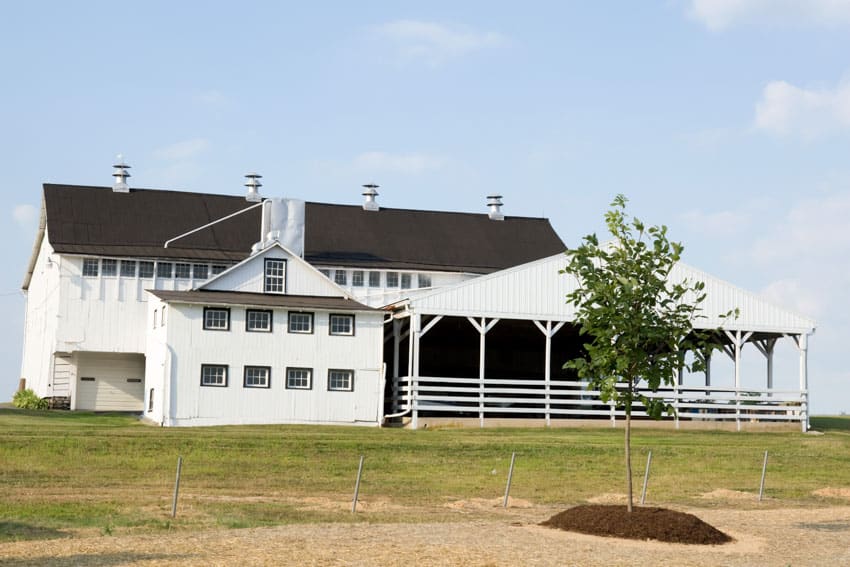
Besides its open living space, another unique aesthetic of a barndo is its exposed ceiling beams and tongue and groove walls that add to its rustic appeal. Its standard design includes a barn look exterior but a homey look in its interior.
These elements do not appear in a traditional house and its design and style are based on preference. But like every residential infrastructure, the sky is the limit when it comes to how you use your creativity to design your home. Barndos just have a unique twist in its aesthetic.
Since barndos are initially made as a barn, it’s understandable that it is made from metal. A traditional house though is typically made from wood or brick.
And finally, another difference between barndos and traditional houses is that the former, with its open-concept living space, can get as high as 14 feet or more while the latter is only around 8 to 9 feet high.
How Long To Build A Barndominium Compared To A House
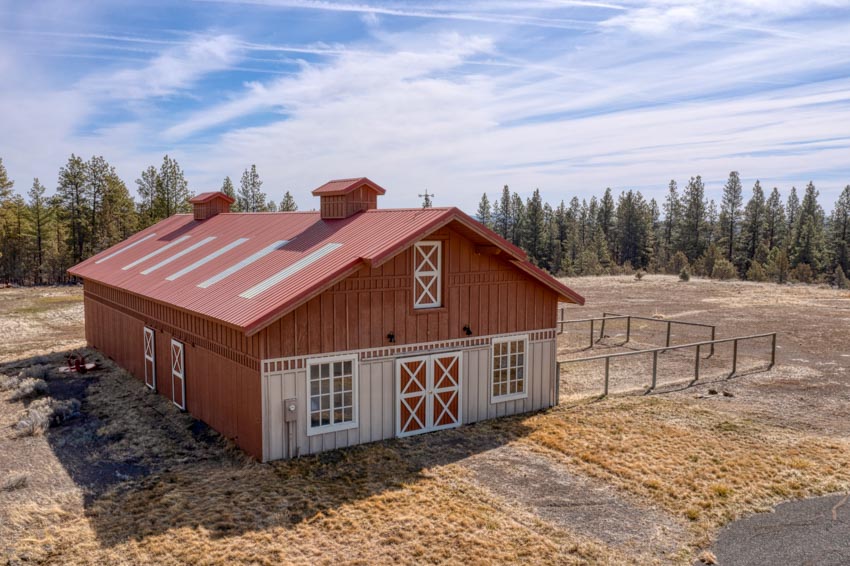
In general, barndominiums are much faster to build. They take around half as much time as needed in the construction of a traditional house. If you want an estimate, it can take approximately 4 to 6 months to construct a barndominium and 6 to 12 months for a standard residential home.
The construction of infrastructure, whether it is a barndominium or a traditional house, depends on factors such as size, budget, and design.
The bigger the building, the longer it takes to construct, and vice versa. The opposite goes with the budget for the project since the bigger the budget is, the faster it will be to complete the construction.
And when it comes to design, a more complicated design will demand a more meticulous construction, leading to a longer time for completion.
Is A Barndominium Cheaper Than A House
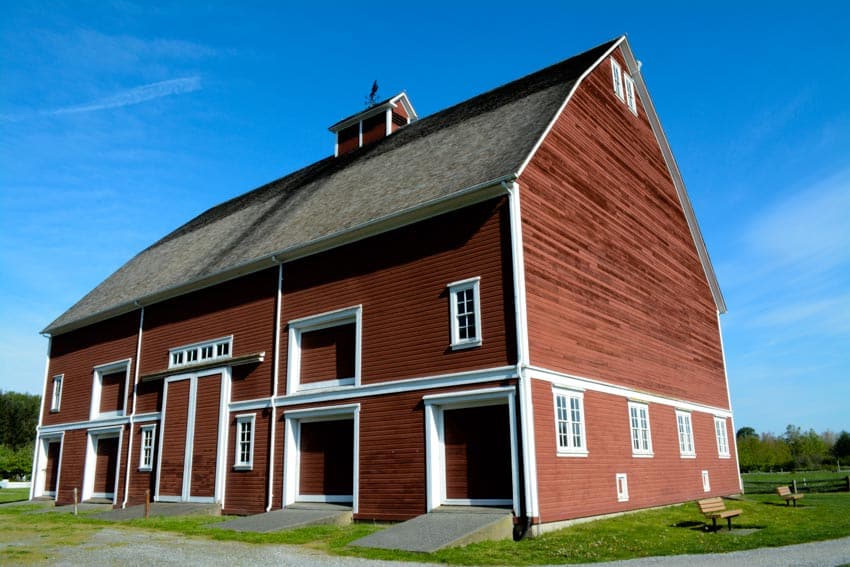
When it comes to cost, is building a barndominium cheaper than building a traditional house? It is a good assumption to say that building a barndominium is more affordable than building a traditional home.
Since barndos take only around half the time needed for a traditional home, less construction time means fewer expenses. Less construction time means less labor and fewer materials to deal with.
Besides labor, some of the other factors that can affect the cost of building an infrastructure include the size of the building, the complexity of the building design, and the different types of room in a house that need to be constructed.
A bigger building with a more complex design demands more cost compared to a simpler and smaller one.
Barndominium Vs House Cost

A traditional home can cost around $115 to $145 per square foot while a barndominium can cost around $70 to $90 per square foot.
So for a 2,000 square foot traditional home located in a mid-sized city and a good neighborhood, expect to pay around $290,574. And if you want something smaller, a 1500 square foot traditional home can cost you around $172,000.
The exterior of the building takes out a lot from your budget for a traditional home since this will include the different types of windows, walls, doors, and even the roof itself. With barndos though the cost for the exterior shell will be significantly less, especially with the availability of barndominium kits.
These kits already include materials for the shell of your barndo, which include an engineered concrete slab and floors, exterior doors and windows, a continuous roof, and spray foam insulation.
You can get a kit for a 900 square foot building for as low as $10,000. And you can just get crazy creative with the interior as much as you can!
Are Barndominiums Safe In A Tornado
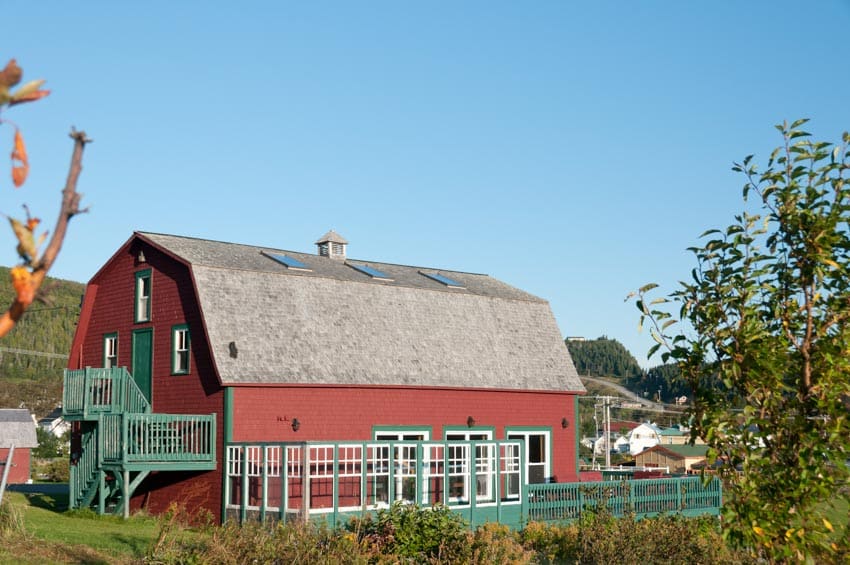
If you choose to invest in a barndominium, will you be sure that it won’t just be swept away by a tornado? Just like in a traditional home, you are perfectly safe in a modern barndominium (And actually maybe even more secure!).
Since a barndo has a foundation of a metal structure, particularly steel, it can withstand winds of up to 150mph and is even resistant to different weather conditions and elements.
And while nothing is certain in times of calamity, a barndo has an impressive wind resistance that can withstand a tornado.
In fact, barndo homes are pretty popular in states where tornado’s more frequently occur. One thing you should know though is that using weaker metal than steel might affect the quality of your building.
See more related content about building your own in our article about barndominium design software on this page.

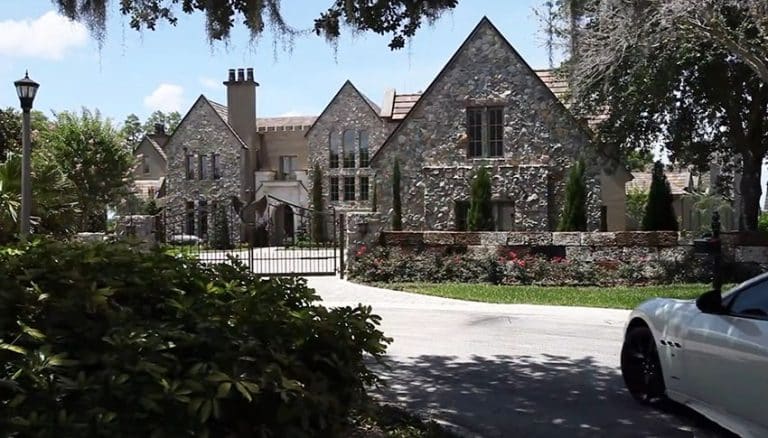
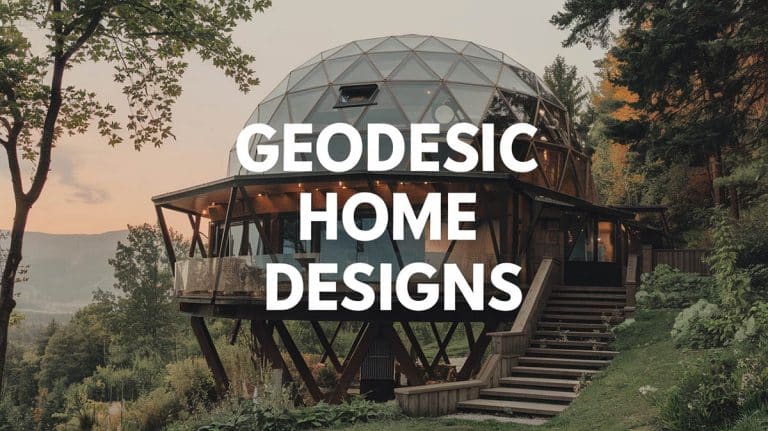
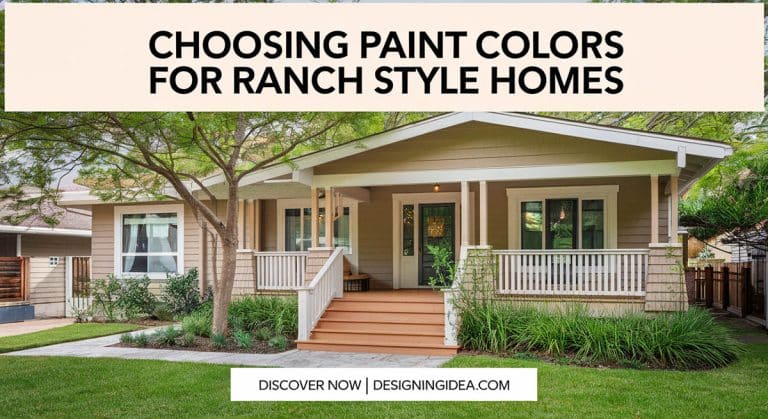

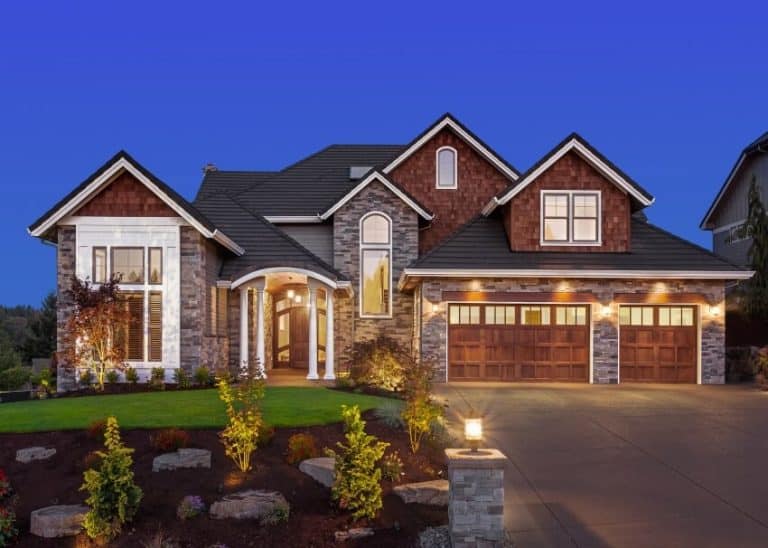

Very helpful information in deciding what type house to build, etc.